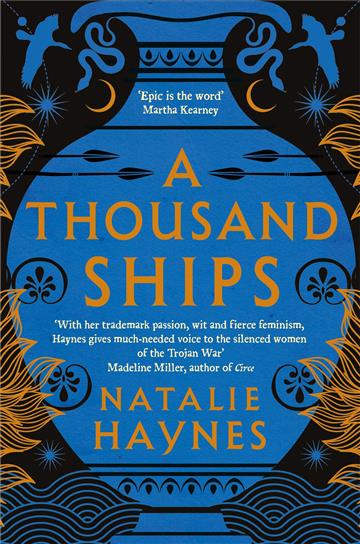
Metis, the sea nymph who was Zeus’s first wife, is terrified when her former husband comes back to rape her the second time she silently submits: “She knew what was coming and she knew she could not evade him. Here, as elsewhere, Haynes is brilliant on the brutality of male violence, unshackling it from the euphemism that has couched countless rapes and sexual assaults in woolly abstraction. Early on, we are told the story of the conception of Athena. We have the twin stories of Medusa and Perseus, but we also have Hera and Hephaestus the war of the gods and the giants Poseidon and Amphitrite immersions into the worlds of nereids and monsters. The power of the novel lies in the way that, like Ovid, it weaves disparate tales together to create a coherent patchwork. The book’s chapters thread between the worlds of gods, monsters and men. Women were prominent in the original tales but have been relegated to the sidelines by centuries of patriarchal retelling Unfortunately, Poseidon also catches sight of her, and, just after her 16th birthday, he engineers a meeting whose conclusion is as horrifying as it is inevitable. As the sisters learn to love Medusa, they no longer find her monstrous. Here we find the book in a nutshell – ideas of what is monstrous are culturally conditioned, predicated on fear of the unknown. We begin to perceive her as the sisters perceive her: they “hoped once again that they had kept her from feeling what they knew to be true: that she was a freak whose birth had horrified both parents”. What’s more, the child is mortal, unlike her sisters.

Medusa has wings, it’s true, and serpentine hair, but otherwise she looks human. At first, it is unclear if Medusa is truly related to these terrifying creatures “with their tusks and their snaking manes of hair”. She is cared for by her sisters, Sthenno and Euryale. We first meet Medusa as a baby abandoned on the Gorgon Shore of Libya: a rocky, unpeopled place. This childhood memory appears to have inspired Haynes’s fourth novel, Stone Blind, which reframes the familiar myth of Perseus and Medusa as the story of an innocent girl corrupted and destroyed by an unforgiving world.

“She wasn’t a character,” she wrote, “she was just a monster… It would be years before I came across any other version of Medusa’s story, anything that told me how she became a monster, or why.” Although that film inspired Haynes to study Classics, she never thought to question the presentation of Medusa. N atalie Haynes began Pandora’s Jar(2020), her excellent nonfiction collection of essays about women in Greek myth, with the image of herself as a child, sitting on the sofa with her brother watching Clash of the Titans.


 0 kommentar(er)
0 kommentar(er)
